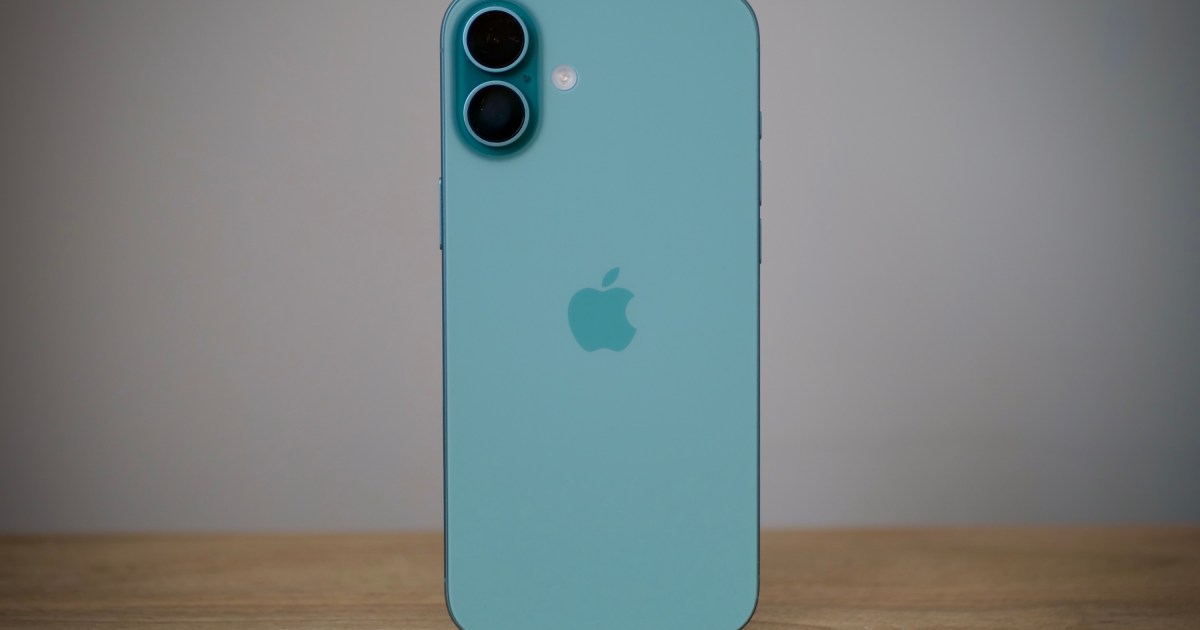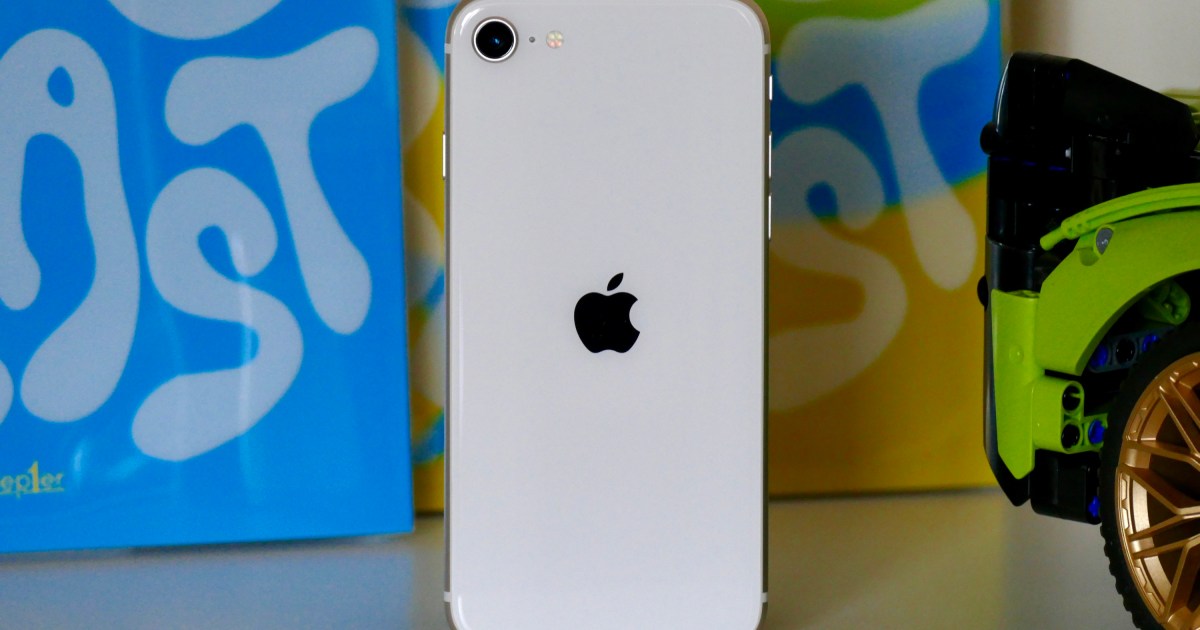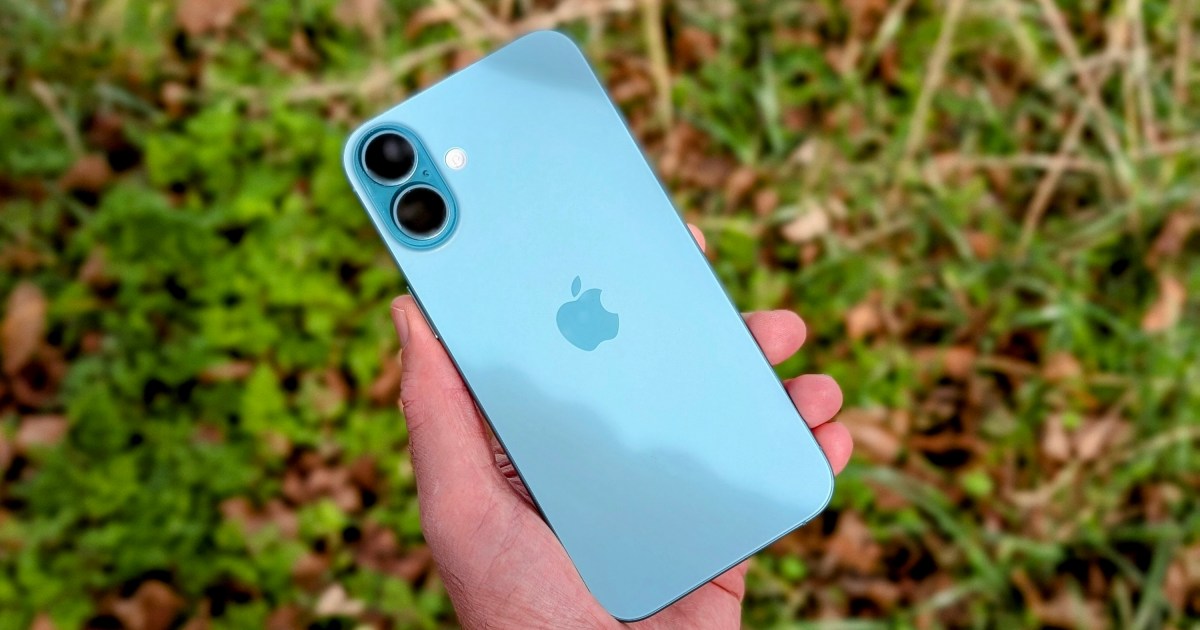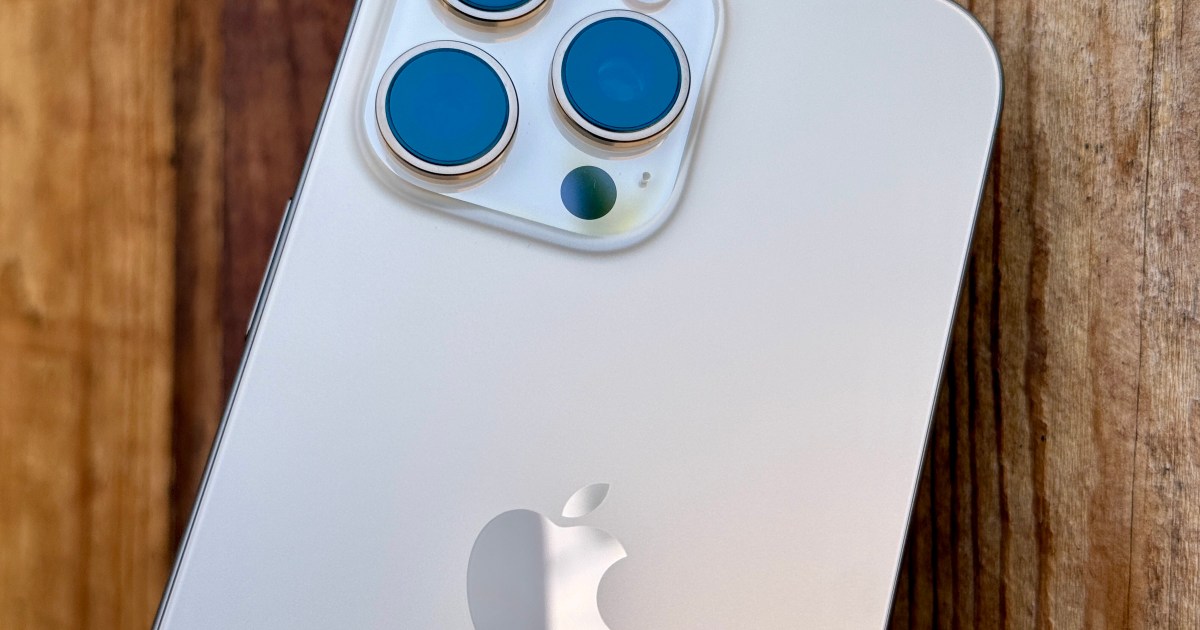The iconic rectangular design of the iPhone has influenced phone aesthetics since its 2007 debut. While the external form may remain familiar, Apple is reportedly planning a significant internal hardware redesign to boost AI capabilities. This shift involves transitioning from integrated to discrete memory, potentially impacting the iPhone 18 in 2026.
Currently, iPhones utilize integrated memory, where the memory is stacked directly onto the system-on-a-chip (SoC). This design, introduced with the iPhone 4, facilitated a compact build but limited connection points and speeds. Discrete memory, packaged separately from the SoC, offers faster data transfer rates and enhanced AI performance, according to a report from The Elec.
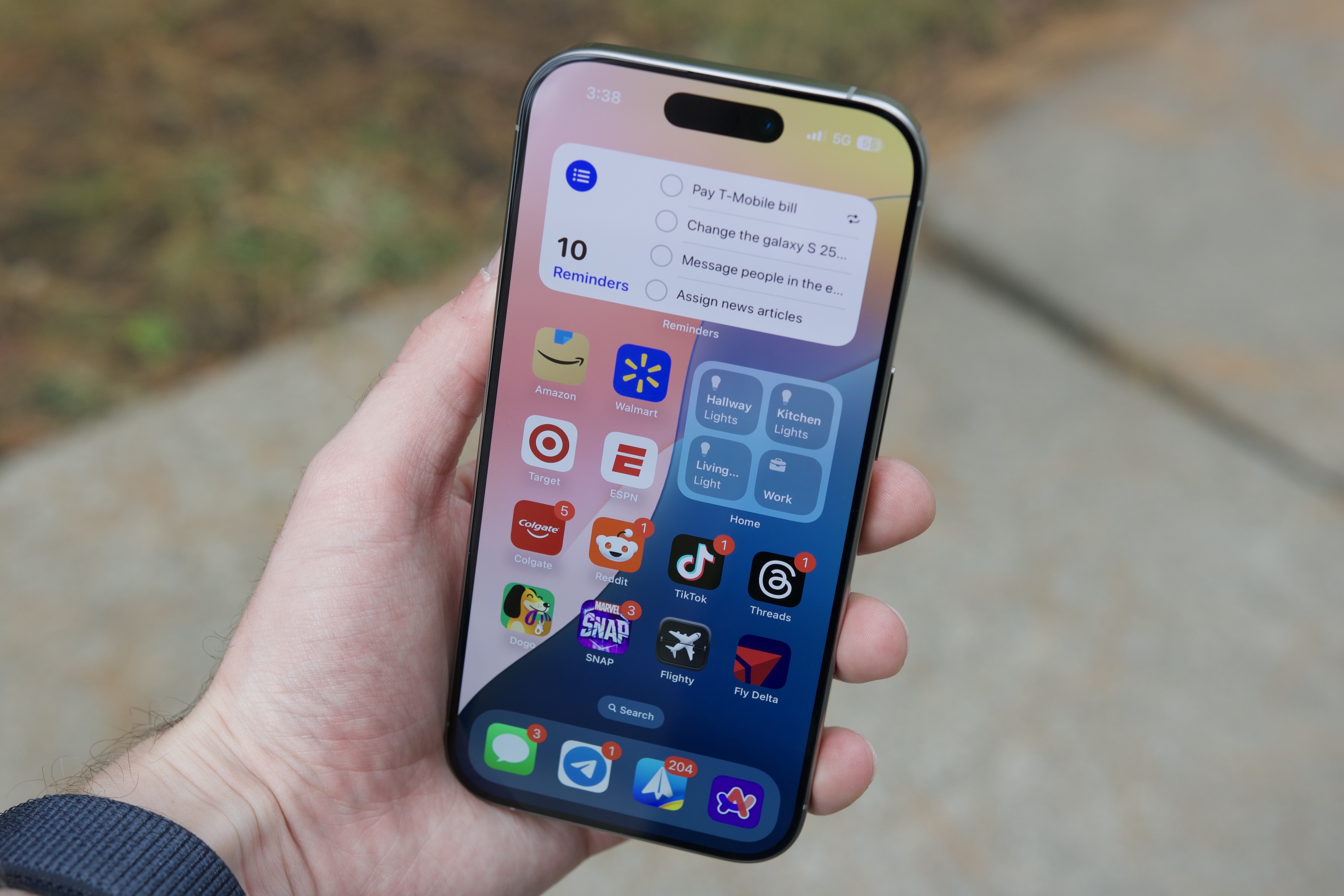 Someone holding the iPhone 16 Pro, showing the home screen.An iPhone showcasing its home screen.
Someone holding the iPhone 16 Pro, showing the home screen.An iPhone showcasing its home screen.
This transition to discrete memory in the iPhone 18 could significantly improve the speed at which data is processed, crucial for demanding AI tasks. Furthermore, separating the RAM from the SoC can improve heat regulation, a critical factor considering the heat generated by on-device AI computations.
However, this redesign presents challenges. Accommodating larger RAM modules within the existing iPhone chassis may necessitate reducing the battery size. While battery technology continues to advance, maintaining optimal battery life remains a key concern for smartphone manufacturers. If Apple shrinks the iPhone 18’s battery, it could potentially impact overall usage time.
This architectural shift signifies Apple’s commitment to enhancing AI capabilities in future iPhones. While the potential benefits are substantial, the trade-offs, especially regarding battery life, remain to be seen. The iPhone 18’s rumored redesign highlights the ongoing evolution of smartphone technology, driven by the increasing demand for powerful on-device AI.



